“Unlike other countries that have a VAT system in place, India does not have a single, integrated VAT system which covers both the supply of goods …
“Unlike other countries that have a VAT system in place, India does not have a single, integrated VAT system which covers both the supply of goods and the provision of services. Under Article 265 of the Indian Constitution, the supply of goods is subject to state tax (state VAT with effect from 1st April 2005) whilst the provision of services is subject to federal/union tax known as service tax. In addition, CENVAT continues to be levied on all supplies of goods.
India first introduced VAT in 1986. It was introduced only at federal level known originally as MODVAT (modified value added tax). The principal object was to allow manufacturers to obtain a reimbursement of the excise duties paid on goods. Initially confined to raw materials and components, the scope of MODVAT was subsequently extended to include capital goods in 1994.
In April 2000, MODVAT was rechristened CENVAT (Central value added tax) and new recovery opportunities introduced.
On 1 April 2005 the Government announced the introduction of a State VAT in 21 of the 29 Indian States. The new state-level VAT system replaced local sales taxes and was initially scheduled to commence on 1 April 2001. The simultaneous introduction of a centralized VAT system proved to be challenging for the central Government and it continues to undergo constant modification “…….
GST is India’s most ambitious indirect tax reform plan, which aims to stitch together a common market by dismantling fiscal barriers between states. It is a single national uniform tax levied across the country on all goods and services. The indirect tax system is currently mired in multi-layered taxes levied by the Centre and State governments at different stages of the supply chain such as excise duty, octoroi, service tax, countervailing duty, luxury tax, entertainment tax, entry tax, purchase tax central sales tax, value added tax , among others. In GST all these will be subsumed under a single regime.
The combined incidence of Central and State Taxes in India comes to more than 32%. In other countries the burden of domestic taxes is around 18%.
GST when adopted will dramatically alter tax administration by giving a one-shot solution to a welter of levies. Under the system, the Centre and States will tax goods and services in identical rates. For instance, if 20% is the agreed rate on a certain good, the Centre and States will collect 10% each on the goods.
The introduction of GST continues to be delayed because of the lack of unanimity amongst all the State Governments. Implementation of VAT is a process driven by State Government. All the States have to be prepared for VAT. It does not go down well if it is introduced in a piecemeal fashion with some states going ahead with it. With the General elections due to take place in India in the next 3 months, one will have to wait for the new Government to take shape to take a view on this scheme.
R Krishnan
Associated VAT Reclaim Company LLP

